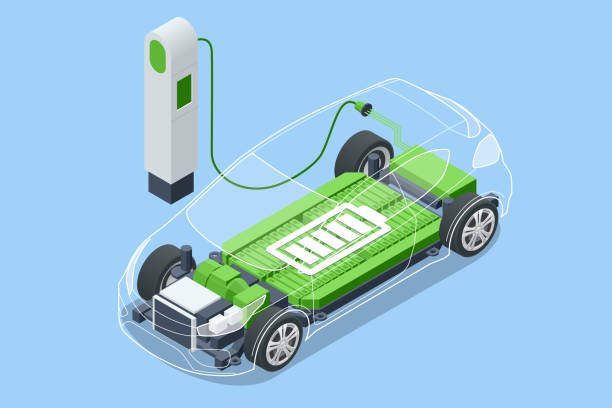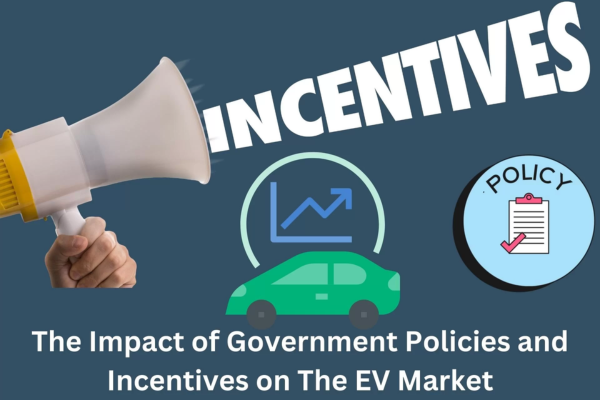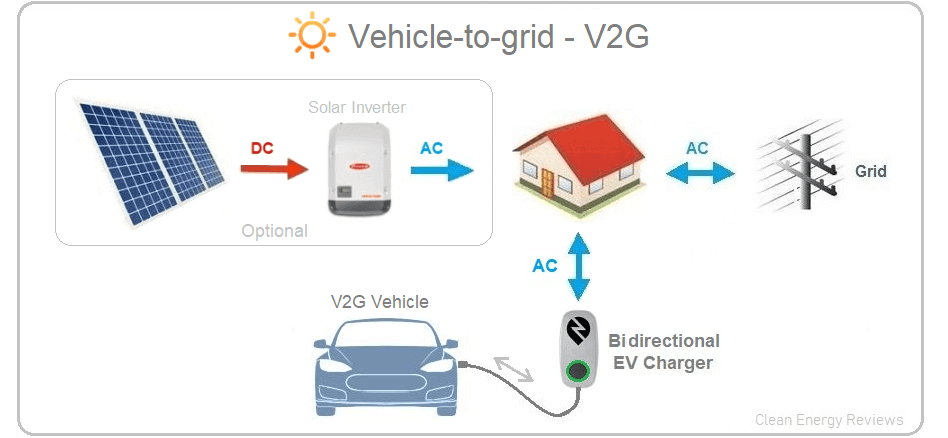Table of contents:
- Introduction
- Challenges for Electric Vehicle Charging Infrastructure.
- Overcome from these challenges.
- Conclusion
- Frequently Asked Questions
Introduction
Challenges for Electric Vehicle Charging Infrastructure.
1. Limited Accessibility:

- Uneven Distribution: In many regions, EV charging stations remain sparse, concentrated mainly in urban centres, leaving rural areas underserved.
- Lack of Standardization: Diverse charging connectors and power levels complicate the user experience, deterring potential EV owners.
- Public Perception: Concerns regarding range anxiety and the availability of charging facilities deter individuals from transitioning to electric vehicles.
2. Technological Barriers:

- Charging Speed: Current charging technologies necessitate lengthy charging durations, inconveniencing drivers accustomed to the quick refuelling of traditional vehicles.
- Grid Integration: The strain on the power grid posed by simultaneous EV charging demands necessitates infrastructure upgrades to accommodate increased electricity consumption.
- Smart Charging Solutions: Implementing intelligent charging systems capable of managing peak loads and optimizing charging schedules can alleviate grid stress.
3. Cost Implications:

- Infrastructure Investment: The establishment of a comprehensive charging network requires substantial capital investment, posing a financial barrier for governments and private entities.
- Consumer Affordability: The upfront cost of home charging stations and public charging fees may deter cost-conscious consumers from embracing electric vehicles.
- Subsidies and Incentives: Government incentives and rebates can mitigate the financial burden associated with EV adoption, encouraging widespread uptake.
4. Regulatory and Policy Challenges:

- Permitting and Zoning: Lengthy approval processes and regulatory hurdles delay the installation of charging infrastructure, hindering expansion efforts.
- Interoperability Standards: The absence of uniform regulations governing charging station interoperability complicates cross-border travel and interoperability.
- Incentivizing Development: Governments must incentivize private investment in charging infrastructure through grants, tax credits, and regulatory support to accelerate deployment.
5. Environmental Considerations:

- Energy Source: The environmental benefits of EVs are contingent on the source of electricity generation, highlighting the importance of transitioning to renewable energy sources.
- Sustainable Materials: The production and disposal of lithium-ion batteries raise concerns regarding resource depletion and environmental degradation, necessitating the development of sustainable alternatives.
- Lifecycle Analysis: Conducting comprehensive lifecycle assessments of EVs and charging infrastructure is crucial for identifying environmental hotspots and optimizing sustainability efforts.
6. Urban Planning Integration:
- Urban Planning: Incorporating EV charging infrastructure into urban development plans facilitates convenient access for residents and promotes sustainable transportation options.
- Multi-Unit Dwelling Considerations: Addressing the unique charging needs of residents in multi-unit dwellings, such as apartment complexes, requires innovative solutions like shared charging facilities and smart grid integration.
7. Maintenance and Reliability:
- Reliability Concerns: Ensuring the reliability of charging infrastructure is paramount to instilling confidence in EV owners, necessitating regular maintenance and swift resolution of technical issues.
- Redundancy Planning: Implementing backup systems and redundancy measures mitigates the impact of downtime and enhances the resilience of charging networks, especially during emergencies or grid disruptions.
8. Public-Private Partnerships:
- Collaborative Initiatives: Public-private partnerships foster collaboration between government entities and private companies, leveraging resources and expertise to accelerate the deployment of charging infrastructure.
- Revenue Models: Exploring diverse revenue models, such as advertising, subscription services, and value-added amenities, can offset infrastructure costs and incentivize private investment in charging networks.
9. Education and Awareness:
- Consumer Education: Raising awareness about the benefits of electric vehicles and dispelling common misconceptions, such as range anxiety and charging time concerns, fosters greater acceptance and adoption.
- Training Programs: Providing training programs for technicians and service personnel ensures proficient installation, maintenance, and troubleshooting of charging infrastructure, enhancing overall reliability and user experience.
10. International Collaboration:
- Global Standards Harmonization: Harmonizing charging standards and interoperability protocols on an international scale streamlines cross-border travel and facilitates the seamless integration of EVs into global transportation networks.
- Knowledge Sharing: Collaborative efforts among nations to share best practices, research findings, and technological innovations accelerate progress in overcoming charging infrastructure challenges and advancing the electrification agenda worldwide.
Overcome from these challenges.
1. Accelerated Deployment:
- Targeted Investment: Governments and private entities can allocate funds towards the rapid deployment of charging infrastructure, prioritizing areas with high population density, major transportation corridors, and underserved regions.
- Streamlined Permitting Processes: Simplifying permitting procedures and expediting regulatory approvals facilitate faster installation of charging stations, reducing deployment timelines and costs.
2. Standardization and Interoperability:
- Unified Charging Standards: Adopting uniform charging standards and connector types promotes interoperability and enhances user convenience, facilitating seamless charging experiences across different locations and EV models.
- Open Access Networks: Encouraging the development of open-access charging networks promotes competition, drives innovation, and ensures equitable access for all EV owners, regardless of their chosen service provider.
3. Technological Advancements:

- Rapid Charging Technologies: Investing in research and development to improve charging speeds and efficiency reduces charging times, addressing one of the primary barriers to EV adoption and enhancing user satisfaction.
- Vehicle-to-Grid Integration: Exploring vehicle-to-grid (V2G) technology enables bidirectional energy flow between EV batteries and the grid, transforming vehicles into mobile energy storage units and alleviating peak demand pressures.
4. Policy Support and Incentives:
- Financial Incentives: Governments can offer financial incentives, such as tax credits, grants, and rebates, to offset the cost of installing charging infrastructure and incentivize private investment in EV charging networks.
- Regulatory Mandates: Implementing regulatory mandates, such as zero-emission vehicle (ZEV) mandates and emissions regulations, creates market certainty and encourages the expansion of charging infrastructure to meet growing EV demand.
5. Public Awareness and Education:
- Outreach Campaigns: Launching public awareness campaigns to educate consumers about the benefits of electric vehicles, dispel myths, and promote the availability and accessibility of charging infrastructure fosters greater acceptance and adoption.
- Driver Training Programs: Providing training programs for EV owners on efficient charging practices, range optimization strategies, and utilizing public charging networks enhances user confidence and maximizes the utility of existing infrastructure.
6. Collaboration and Partnerships:
- Public-Private Collaboration: Forge partnerships between government agencies, utilities, automakers, and charging infrastructure providers to leverage resources, expertise, and data sharing for coordinated infrastructure development and optimization.
- International Cooperation: Engage in cross-border collaboration and knowledge exchange to harmonize standards, share best practices, and accelerate the global transition to electric mobility, fostering a cohesive and interconnected charging infrastructure network.
Conclusion:
Addressing the multifaceted challenges surrounding electric vehicle charging infrastructure demands a collaborative effort involving government agencies, private stakeholders, and technology innovators. By prioritizing accessibility, embracing technological innovation, implementing supportive policies, and promoting environmental sustainability, we can pave the way for a future where electric vehicles reign supreme, revolutionizing transportation and mitigating the adverse impacts of climate change.
As we navigate the road ahead, let us remain steadfast in our commitment to overcoming these hurdles and ushering in a cleaner, more sustainable tomorrow.
Frequently Asked Questions
The year 2024 marks a critical juncture in the transition to electric vehicles (EVs), with increasing consumer demand and governmental mandates driving the need for a robust charging infrastructure. Without adequate charging infrastructure, the widespread adoption of EVs will be hindered, impeding progress toward sustainability goals and exacerbating environmental concerns.
The main challenges include limited accessibility, technological barriers, cost implications, regulatory and policy hurdles, and environmental considerations. Addressing these challenges is essential to ensure the widespread adoption and seamless integration of EVs into the transportation ecosystem.
Overcoming these challenges requires a multifaceted approach involving collaboration between government agencies, private stakeholders, and technology innovators. Solutions include investing in infrastructure expansion, standardizing charging technologies, implementing supportive policies, incentivizing development, and promoting sustainability through renewable energy adoption and lifecycle analysis.
Public-private partnerships are instrumental in accelerating the deployment of charging infrastructure by leveraging resources, expertise, and funding from both sectors. Collaborative initiatives facilitate the rapid expansion of charging networks, enhance reliability through maintenance and redundancy planning, and foster innovation in revenue models and consumer education efforts.
Advancements in technology, such as faster charging speeds, grid integration solutions, and smart charging systems, hold the potential to address many of the existing challenges in EV charging infrastructure. These innovations enhance user experience, optimize grid utilization, and pave the way for a more sustainable and efficient transportation ecosystem powered by electric vehicles.

